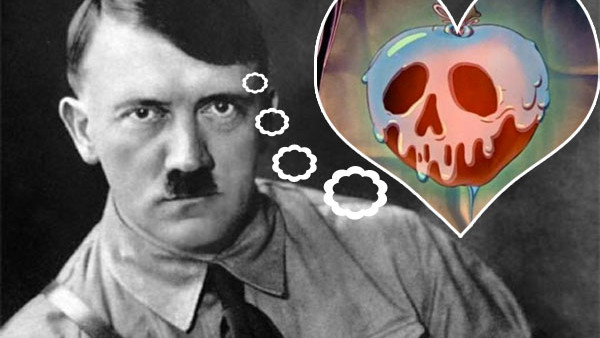10 Fascinating Facts About Snow White And The Seven Dwarfs
The Disney Princess brand begins.

The young kid from Missouri with not a bean in his pocket and just a sketch of a mouse risked everything he’d made from his short novelty films and Silly Symphonies to break into the animated film market, which at that point in American history, didn’t exist. The result of this was the single most influential and timeless film in history: Snow White and the Seven Dwarfs.
This is the film that set the standard for all fairy-tale adaptations that would follow in its wake. Playing heavily on the emotions of the older audience while still appealing to children, it created a revolution in the United States and firmly placed Walt Disney Animation at the pinnacle of family entertainment, a position they have maintained for the last 80-plus years and show no signs of slowing down now.
It’s interesting looking back at the origins of Disney feature films and how much they have evolved. While definitely a product of its time, the movie doesn’t try to pander to it’s audience and creates a dark, foreboding atmosphere which is balanced by the memorable musical numbers, colourful characters and the happiest of endings when it seemed that all hope was lost.
This is the formula that Walt Disney created for all animated films to follow in the years since its release. But how much do you know about the so-called “first animated film”? There’s a few facts that might have slipped your mind about the timeless Grimm-adaptation.
10. It Wasn't The First Animated Film

Many people believe that Snow White and the Seven Dwarfs was the first animated feature film, and in fairness there is a certain amount of truth to that. It was the first entirely traditionally animated feature to be completed, and the first to be released in “glorious” technicolor. However, Disney were 20 years too late in being the so-called first feature-length animation. In fact, there were a good few before them in the years before its release, and Latin America got there first.
The official first animation was a 1917 Argentinian film called The Apostle, or El Apóstol. The 70-minute piece featured cut-out animation similar to that of the early South Park episodes, and seemingly showed a strange correlation with their sense of humour too.
It was the story of President Hipólito Yrigoyen wanting to destroy the city of Buenos Aires with lightning bolts, which he got from the planet Jupiter, in order to get rid of corruption. It was apparently just as insane as it sounds but sadly, the only print of the film was lost forever after it was destroyed in a fire. Argentina did it again the following year with their second cut-out feature Without a Trace, but it’s unknown whether any copies exist.
It took another 8 years for another feature-length animation, this time with silhouettes and this time from Germany, with the release of 1926’s The Adventures of Prince Ahmed. Luckily this one survives to this day. Snow White wasn’t even the first animation with sound, with that honour going to 1931’s Peludo City (once again from Argentina, and once again lost to time). It was almost not even the first feature with traditional animation. The 1936 Italian film The Adventures of Pinocchio would have been the first, but production was never complete.
We all praise Disney for being the grandfather of animation, when really, all the credit goes to the Argies.